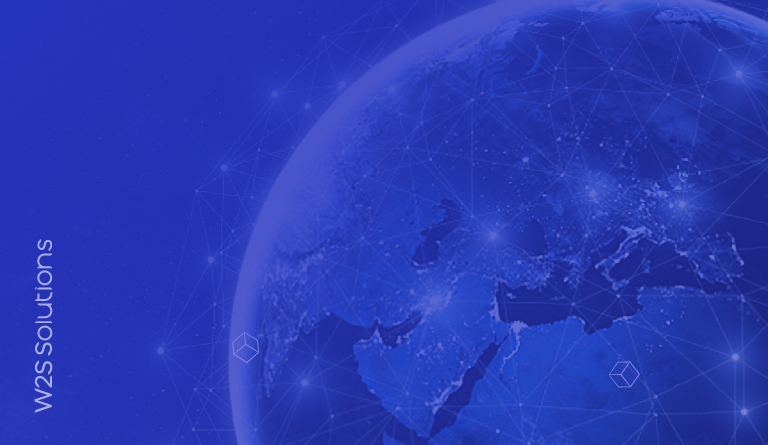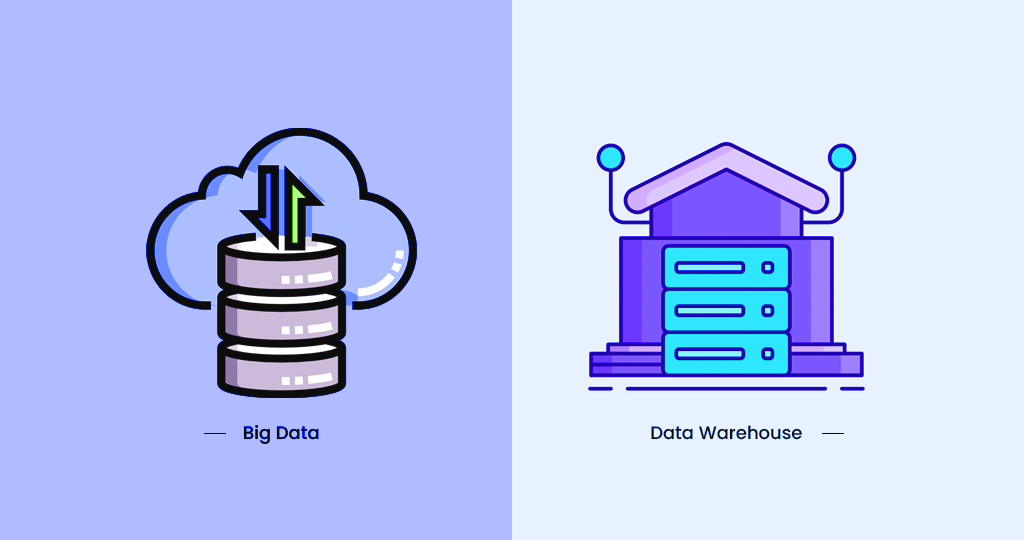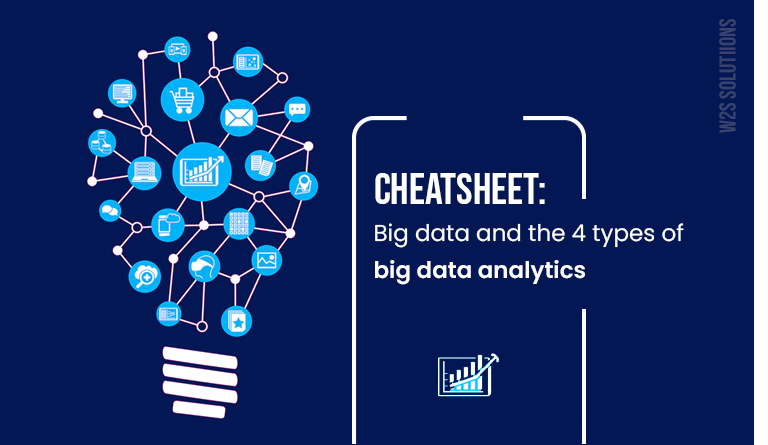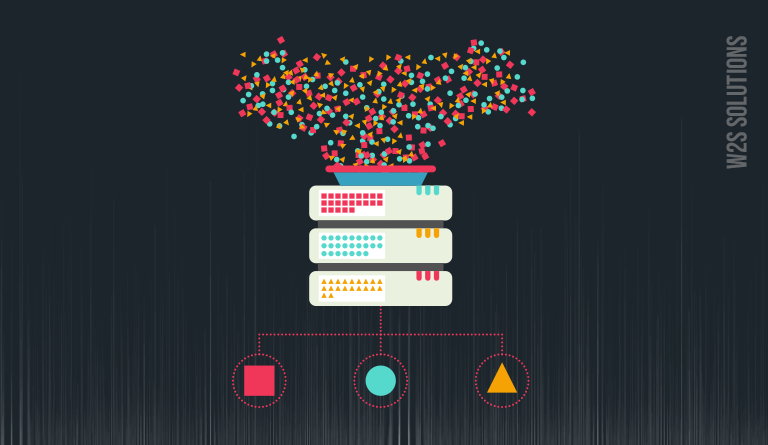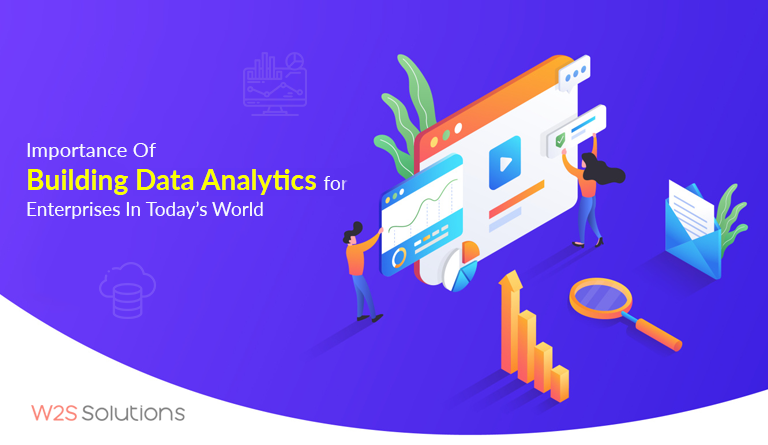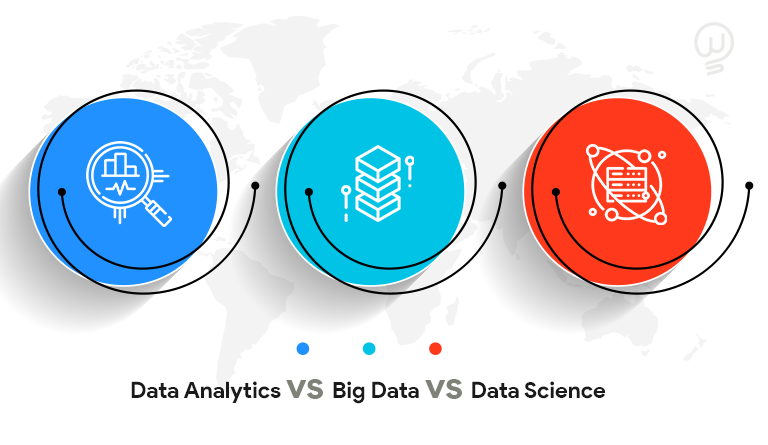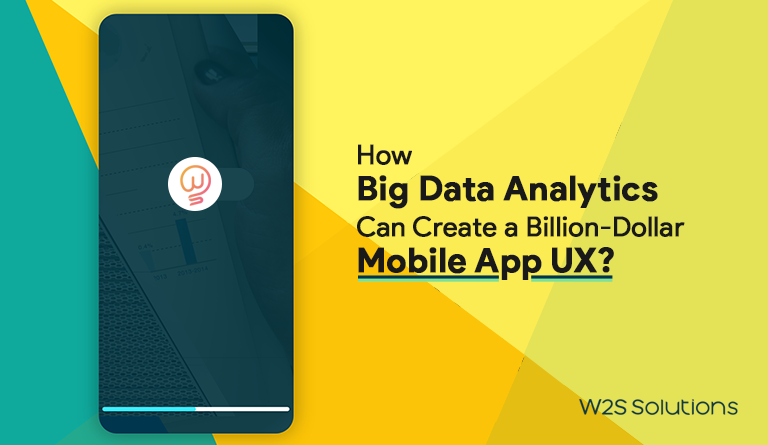Let’s get to the brass tacks, what is big data?
Data is nothing but information or facts and it can be collected using observation of a particular event or process. Big data is nothing but the pooling of these individual data into a single pond. The type of data collected doesn’t matter. It could be structured data or unstructured data. These data are then analyzed to extract information according to their context. In simple words, a huge collection of data that is collected gradually yet steadily from data sources is known as big data.
Why Big Data?
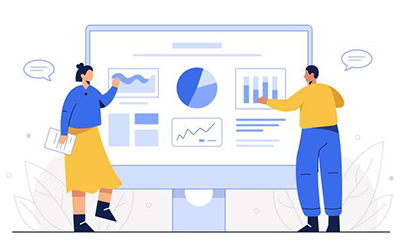
To answer this in one word- demand. The market demands organizations and businesses to collect data. The Internet has evolved from a luxury to a brewing ground where ambitious ideas are shaping the world. Naturally, it has become a suitable place for trade and business. A report suggests that there are roughly 7.9 million online retailers in the world. This number is still going to rise in the upcoming years. For these online retailers to sell products or services to customers, they need to identify their target audience, the success rate of the product or service they are providing, the demand for the product, etc. Apart from these factors, there are many generic things like the average income of the target audience, gender of the customer, age of the customer, etc.
A right business or organization should effectively use these data sets to have a better understanding of the audience they are serving for. Once they filter through the crowd and identify the target audience, the selling of a product or service will reach the masses effectively. A business or an organization that uses big data can draw conclusions and observations more accurately. When a project of large scale is about to be implemented, the groundwork about different aspects of the project needs to be carried out as precisely as possible. In this context, big data has mountains of data about the particular demography that could significantly let you draw more inferences from those data.
Read Also – Data Analytics vs. Big Data vs. Data Science – A detailed comparison
How to use Big Data?
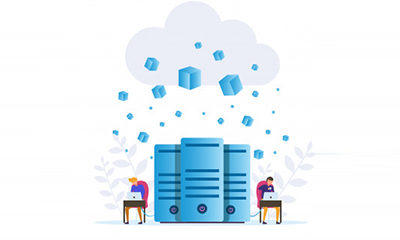
Big data is used to draw conclusions from huge sets of data, but what happens once you have the data? Finding patterns is the simple answer to the question. Analysis of big data is done for this particular purpose. When you analyze huge dumps of data, you are basically trying to extract as much information possible from the dump that applies to your context. Patterns on the data dumps can be identified by using technologies like data science and data analysis. Deep learning and natural language processing are also used to get more context out of the data pool.
Once you have contextual information at the right place, it helps in forming decisions that are not just backed by the intuition of business but also hard-core facts. Facts-driven decision-making can make any organization reach its goals. Big data is a big edge that one can have against their competitor. This demand for accurate data sets started to create a new branch that involves data engineering solutions, business intelligence solution providers, data analysts, and a lot more.
How has big data changed the face of the global marketplace?
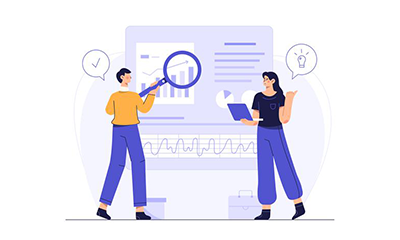
Even though people have been using data to base their decisions in the past, innovation in the electronics and software field made data-driven decisions grow exponentially. The task of collecting data from customers has never been easy, but as billions of people started using internet services, the collection of data has become more streamlined as products like smartphones came into the picture. As the internet became an integral part of peoples’ life, the information that people share with the respective internet service providers or the retail service providers on the internet or interactions with other people on the internet through emails or social media, etc. proved to be of valuable and trustable sources of data for the business organizations.
When people subscribe to certain internet services, the company asks the person directly if it could monitor certain data. Only then the company could get insights into the data available.
Every organization in the world has changed its strategy to become the most customer-centric organization to exist. This thought process is the by-product of the birth of big data. The need to serve customers arises from the abundance of service providers available in the market. To distinguish themselves from the rest of the competition, organizations focused completely on the user experience. Minimalistic designs and simple user interfaces replaced the complexity of the service and products that are available in the market. Organizations were focusing to gain long-term customers rather than a short-term sales burst.
Read Also – How Big Data Analytics Can Create a Billion-Dollar Mobile App UX?
Branding and customer-centric strategy

Branding has evolved from this point. Brands that are already popular among customers were forced to evolve with big data. They couldn’t let the creative juices drain, as even a small vacuum meant the intervention of competitors into the market. Turfs were created in the name of branding and people became more aware of the products they are using. Advertising and marketing strategies needed to evolve and keep up with the market. The desperate need to find more data to draw more conclusions led to the introduction of business intelligence solutions providers, data companies, data engineering solutions, statistics experts, etc. a whole new sector of B2B was born due to the introduction of big data.
The idea of a business providing solutions for existing businesses would be crazy and redundant to hear if not for the big data. The process of collecting data and analyzing it has transformed into a skill. People who had that skill were in demand. Most businesses found it hard to deploy their own team of data analysts and scientists. There could many reasons for this, but one of the main reasons could be the lack of expertise available in the field. They turned to companies that hoarded these rare skills of data engineering. This paved way for the big data future. Big data technology in the global marketplace has made it to the resources list. One could put together funding, employees, and every other part needed to run a business if he has a reliable set of data sets with him. Inversely, all these other parts are useless if the business doesn’t have enough data sets in its hands.
Read Also – How to Build Successful Mobile Apps using Big Data?
The Bottom Line
Big data makes more sense to us because of the intertwining of technology and our lives. We couldn’t imagine a world without any of the technologies that we use today.
We find the lack of information obsolete- that’s how much we depend on technology. Governments of both developed and developing countries are turning towards the accumulation of big data. The digitalization of developing countries has proven to be useful for the process of globalization. Developing countries like India, the Philippines, etc. have been building their economic strategy based on the service sectors. Big data analytics consulting companies are booming and this will bring more dimensions to the B2B industry than anything else. The idea of placing the customer first has developed from here. People from different countries started to identify themselves with the products they are using and the brands they are associating with. Social media is fiercer than ever. All these events that shape the course of humanity begin with big data and big data analytics.
